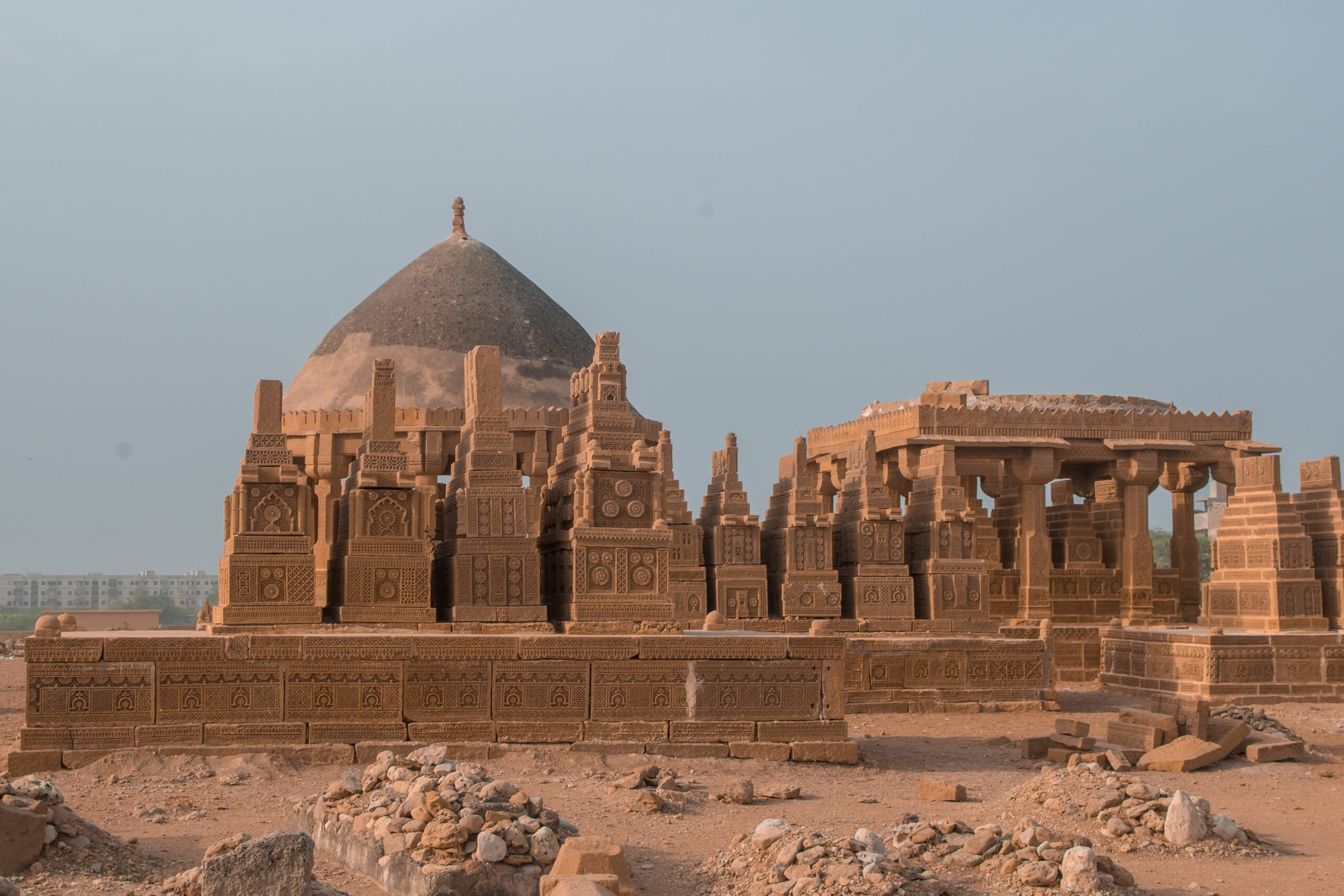
Tourism in Pakistan is incomplete without exploring Sindh that is known for its beautiful cities, rich historical background, and unique cultural heritage. The region boasts many historical destinations that remind visitors of Hindu rulers of Sindh and their lavish lives. Who can forget Raja Dahir? He was the king who ruled on the province for a long time and was killed by a young Arab soldier. The conquest of Sindh in 711 opened doors for Islam in the region, giving it the title of Bab-ul-Islam or Gateway to Islam in the subcontinent of Indo Pakistan.
Cities in Sindh
Today, Sindh is more about its major cities, especially the capital metropolis Karachi. The city is not only famous for being the largest city in Asia but is also the most populous city in the country. Sindh is proud to have two huge seaports and the country’s largest international airport in its capital metropolitan. Other notable metropolises in Sindh are Hyderabad, Sukkur, Larkana, Nawabshah, Sehwan, Dadu, Umarkot, Khairpur, Thatta, Shikarpur, Ghotki, Jacobabad, Mirpurkhas, and Rohri and some small town like Tando Muhammad Khan, and Thando Allahyar.
Water in the Sindh
Sindh derives its name from Sindhu, which is the longest river in Pakistan and is commonly known as the Indus River. Other than this, the state has some other noteworthy lakes of the country, such as Kinjhar Lake, Haleji Lake, and Machar Lake. Sukkur barrage, Guddu barrage, and Kotri barrage are three irrigation barrages across the Indus River in Sindh.
Climate in Sindh
Thanks to prevalent dryness and the lack of monsoons, Sindh has the most variable and hottest weather conditions. It usually remains hot with an average temperature of 35˚ during summer months. The region frequently boils with 45 ˚ and occasionally with 50 ˚. The northern Sindh mostly witnesses the extremes of temperature. Jacobabad, for example, is the city with the highest ever temperature of 52 ˚ recorded in Pakistan in June 1919.
Cultural Heritage in Sindh
Sindh has an outstanding reputation for pottery, carpets, leatherwork, and textiles. The craftsmanship in the region has a link with the period of Moenjodaro civilization. They are widely famous for muslin-made polished ornaments and wooden-made articles of clothing and varnish work.
Agriculture in Sindh
Owing to the advancement of agricultural research, Sindh observed increased agricultural productivity, especially after 1961. The surface drains to release waterlogging & salinity in surface soils together with the use of inorganic fertilizers have also boosted this productivity. The best quality of rice is the only crop that not only grows in abundance quantity in districts of Larkana, Sukkur, Dadu, Badin, and Jacobabad but also can find its roots in the annually flooded lands surrounded by the delta of the Indus River. Districts of Nawabshah, Hyderabad, and Sanghar produce plenty of cotton while Ghulam Muhammad Barrage in the southern Sindh has a large production of sugarcane.
Tourism in Sindh
Sindh presents various tourist destinations with the most prominent ruins of Mohenjo Daro in the neighborhood of Larkana. The Shahjahan Mosque in Thatta is another famous sightseeing that belongs to the Mughal emperor Shahjahan. Besides, Shahbaz Qalander mausoleum demonstrates the best of the Iranian-born Sufi in Sehwan. Mazar-e-Quaid, Mohatta Palace, and a rich wildlife heritage with Kirthar National Park in Karachi, Fazal Mahal in Khairpur, Manchar Lake near Sehwan, and the desert of Thar are other notable destinations to visits in Sindh. Karachi.

